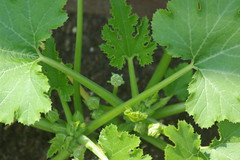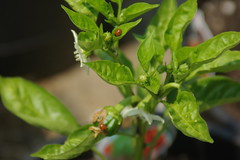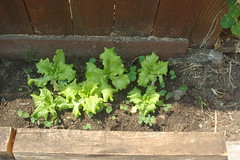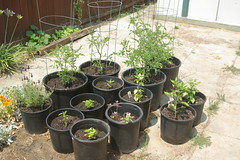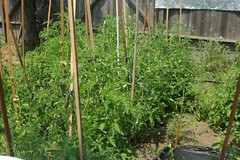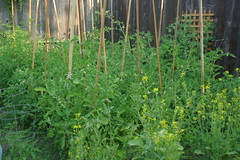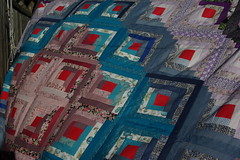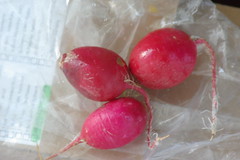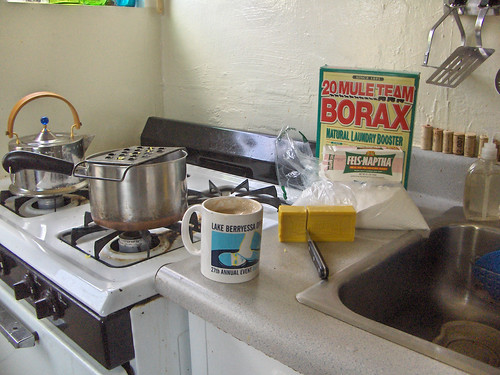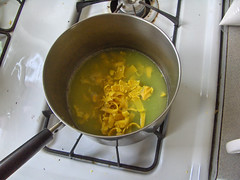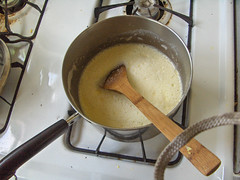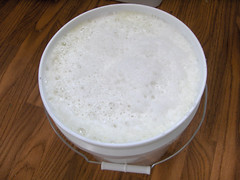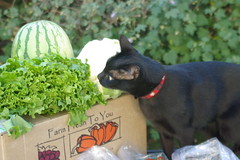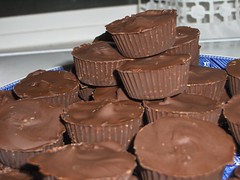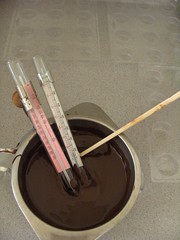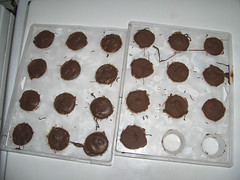Earlier this evening, someone posed the question to me about where I had my inspiration for my interest in sustainability and the environment. Like most people, it's been a long transition and awakening and much of my life experiences have steered me to the place where I live today, intellectually and emotionally, on environmental issues.
As a child, my parents decided they wanted to raise their kids in a place in the country where they could have animals and be outdoors. This was during the energy crisis in the 70s, which overlapped with a multi-year drought in Northern California and the oil crisis. As I child, I remember a constant barrage of messages about conserving electricity by shutting out lights and turning off appliances, reducing what you threw in the trash, and the incipient term "ecology." I participated in I was a Camp Fire Girl and an occasional 4-H member (though we had cats, dogs and a pony - no real livestock).
For many years, my dad and mom "built" the house and we had no electricity (PG&E didn't have enough customers in our part of rural Napa County at the time + neighbors who were miffed at not being able to purchase our lot = kerosene lamps, gas generator & batteries). Because of the drought, we didn't even have a well -- we used an old fire truck to haul non-potable water to a tank above the house and had gravity fed water for showers and washing dishes. For drinking water, we went to pipes sticking out of the rocks on the side of the road (which now have signs "non-potable water") and filled big 5 gallon jugs with cold spring water. We used an outdoor toilet that was cleaned regularly by the sanitation company. We didn't even have carpet indoors.
We had a creek running through the property and lots of animals (domestic and wild). We collected all our cash deposit bottles and cans and took them into town. But we burned our trash. My brother was always the most enthusiastic to execute this chore, though we all relished the opportunity to play with fire. My father would dig a big hole with his backhoe and we'd put trash in there for weeks and then burn it and cover it up. As far as I know, he still burns his trash. I always remember thinking, "There's something wrong with this."
After my parents divorced, we all lived with my mom's parents for the better part of a year. We loved this idea - we always loved visiting them on their urban homestead. They had a 150 year old house in a Cleveland suburb that was near a Metro Park and in the middle of a big tract of undeveloped trees along with a few other houses. They had walls of blackberry bushes that kept us busy for hours in the summer.
My grandmother's experiences in frugality during the Great Depression -- being in a middle class family that had to economize, nicely complemented my grandad's working class (think coal miners from England) Quaker upbringing. They were frugal, considered how they were going to use things, preserved and conserved food, material, and everything in their environment.
My grandad kept bees for honey and to pollinate his big vegetable and flower gardens. His was not just a garden - but a big, extensive garden intended to provide most of the vegetables in the warm months and supplement as much as possible in the cooler months. He kept root vegetables in the root cellar, saved seeds and sprouted his own seedlings. My grandmother canned applesauce from the two apple trees.
My grandparents never just threw things away. They always sorted their waste -- they composted all food scraps. Any clothing not fit for wear became rags, scraps for quilts or went to charity. My grandmother never threw out plastic containers -- she saved them relentlessly (even after she was in assisted living, she saved them "just in case"). She baked and canned, clipped coupons and every few weeks they would go fill up gallon glass jugs with natural spring water in a park as their "Sunday Drive." They bought in bulk when they visited friends and family in Amish Country.
My stepdad was also a good influence with a strong practice of frugality and conservation. We kept the heat low, turned out lights and turned off appliances to keep energy bills down. We did not waste food (though incoming mail sometimes ended up in the freezer).
Through college, I lived with someone who was a hunter and in the building trades -- we were surprisingly compatible on issues of conservation and preservation of nature. My studies through college were focused on developing nations with a lot of focus on workers rights, sustainability, grassroots movements, the environment and politics. After grad school, I got into "the Internet" after moving back to the Bay Area. I remember the first time I saw someone reusing plastic bags for bulk food purchases -- my friend's sister Marina and her partner were getting ready to head to Rainbow sometime in 1997 and I thought, "wow! what a great idea!" (it's true - it all starts with the bags!).
In the past year, I have converted my landlord to put all his food waste into the green bin and am slowly educating him about what goes into the recycling bin, and my boyfriend now keeps a pail in his kitchen for food scraps and has gotten very gung-ho about his own garden.
Earlier this year, I discovered my neighbor Beth's "
Fake Plastic Fish" blog and have been exploring a whole world of green blogs. In the last couple of months I have been learning a lot of ways to cut down on the amount of plastics that I consume, from buying bulk toilet paper wrapped in paper to making my own liquid laundry detergent and even some changes in the hair washing department are imminent.
Crunchy Chicken even has me going along with one of her crazy challenges for fertilizing my garden.
Everything is a learning process - you can't learn everything all at once. I even find that if I do a bit too much exploring, it can be really depressing and will make my head explode.
We're in a fix - and there are a lot of things we can do to improve the situation of the planet. If I've learned anything it is that people are more easily lead gradually and on their own than by being dragged. I just wish we could get thing stirred up a bit more quickly...


